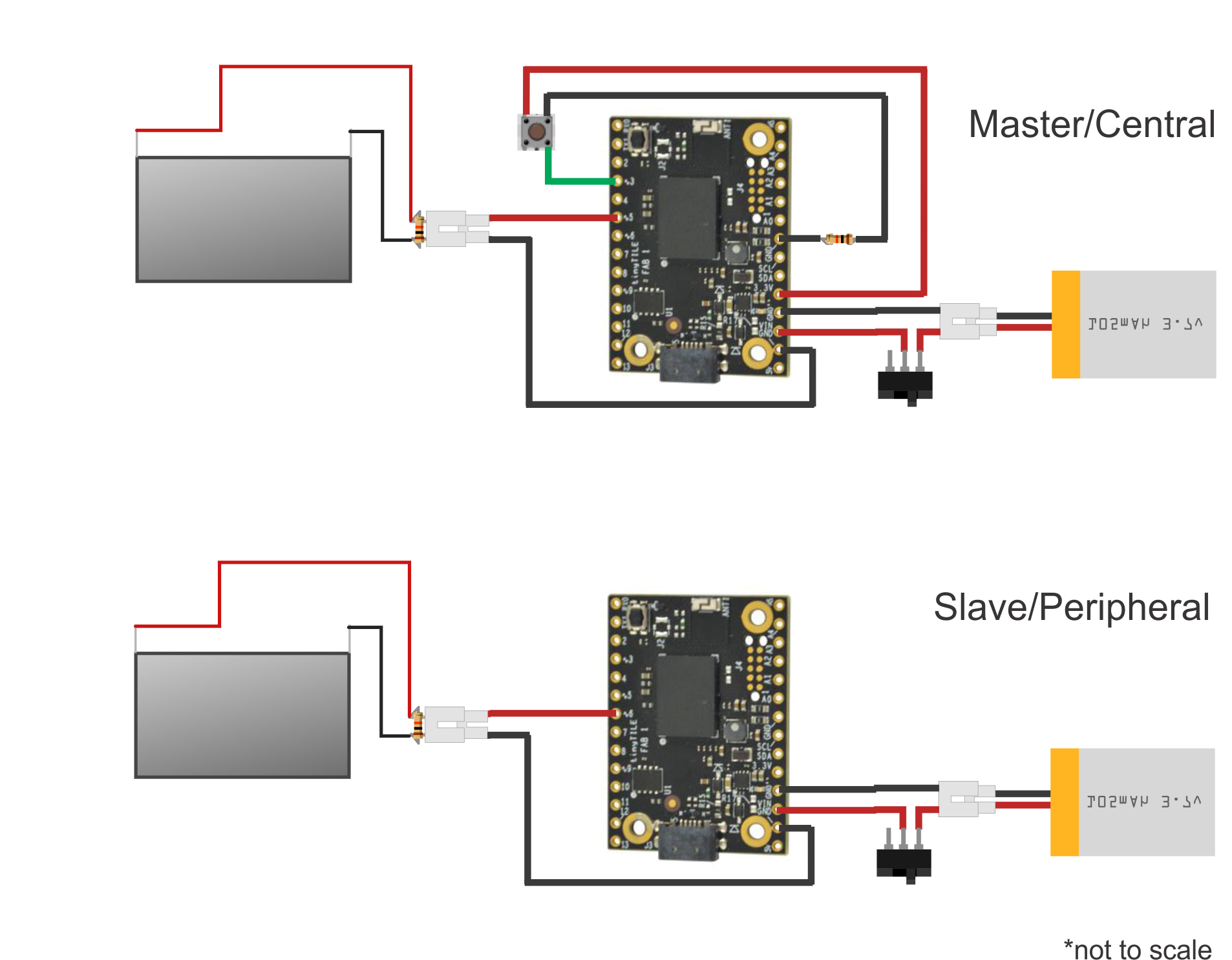Story
Instead of using an app, what if you could send a signal to eye-contact someone you are interested in talking to, in a social setting, even from afar? I’m not proposing a different way to start a date. I’m exploring a new usage of Bluetooth in the field of human interactions.
When I found out that Intel Curie modules can be assigned to act as central and peripheral BLE devices, I immediately wanted to make these glasses. (Learn more about CurieBLE from here.) Thanks to a tutorial on Adafruit, the reference framework of a 3D printed LCD glass is readily available. What I added onto the Adafruit tutorial are the BLE control (instead of a switch control) of two pieces of glasses at the same time, with one being the master and the other being the slave, and redesigned 3D printed frames.
This project was developed first on Arduino 101 and prototyped on tinyTILE, both have Intel Curie modules on them. Even if you may not be able to obtain Intel Curie modules in the future, I hope the methodology here could still be useful. I can imagine many different ways to apply Bluetooth central and peripheral capabilities and I’m looking forward to discussions on this topic.
Step 1 – Development
Two Arduino101s and two LEDs were used to develop the circuit and test the codes. Due to the complexity of the final circuits, it’s always a good idea to start with a breadboard before soldering everything together.
For peripheral, you can use the code from the CurieBLE examples -> Peripheral -> LED and exchange the HIGH and LOW (find reason in last step). The code for central is provided in the end of the project. It is almost the same as CurieBLE -> Central -> LEDcontrol with a couple of lines added for the LCDs.
TinyTILE is almost exactly a miniature of Arduino101. The main central rectangle is the Intel Curie module. They can be flashed with the same codes. The pins on Arduino101 is always easier to use but the size of tinyTILE is more attractive for wearables. I like developing first on Arduino 101 and transfer everything onto tinyTILE. Check out another project using tinyTILE here. If form factor is not an issue for your project, feel free to use Arduino101 (see example here).
For more detail: Arduino101 / tinyTILE BLE: Match-Making Sunglasses

